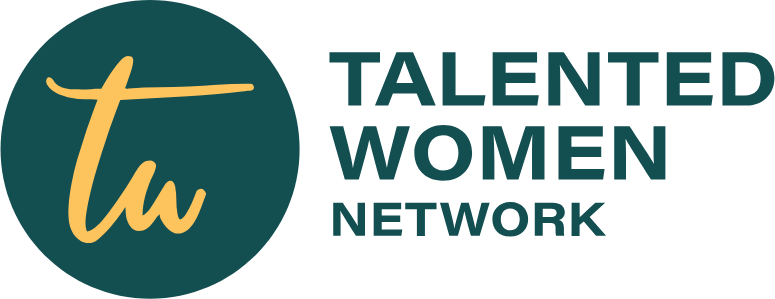In today’s hypercompetitive job market, walking into an interview without a deep understanding of the company is not just a missed opportunity—it’s a liability.
Recruiters are no longer simply assessing your skills. They want to know: Do you understand our mission? Do you care about our work? Are you the right cultural fit?
To stand out, research must go beyond a glance at the company’s homepage. Here’s how to approach company research like a strategist—comprehensive, deliberate, and interview-ready.
1. Start With the Basics—Then Dig Deeper
Yes, begin with the company’s official website. Study the “About Us” page, leadership bios, and recent press releases. But don’t stop there.
Dive into their mission statement, corporate values, and long-term vision. What language do they use? What themes consistently appear? If they emphasize innovation, sustainability, or inclusivity, be ready to speak to how you align with those ideals.
2. Decode Their Digital Footprint
Social media pages usually offer unfiltered insights into a company culture and public engagement. LinkedIn tells you how they celebrate employee milestones or share industry trends.
Instagram or TikTok (if used) may give a glimpse into team dynamics, DEI initiatives, or even company humor. Watch how they present themselves—and how their audience responds.
3. Read the News They Didn’t Write
Google News alerts are your best friend. Search the company’s name to uncover articles, interviews, or controversies that may not be featured on their site.
Were they part of a recent merger? Did they just secure a round of funding? Are they downsizing? Industry news platforms and trusted business journals can help you understand the broader context in which the company operates.
4. Understand the Industry Landscape
Every company is part of a bigger ecosystem. What challenges or opportunities is their industry facing? Who are their major competitors? If you’re interviewing at a fintech company, for instance, you’ll want to be current on regulation trends, digital payment innovations, and what’s happening in emerging markets. Speak their industry language fluently.
5. Check the Company’s Reputation From the Inside Out
Glassdoor and Indeed reviews reveal employee sentiments—sometimes the kind HR won’t advertise. Pay attention to repeated mentions, both positive and negative.
Do employees complain about leadership transparency or rave about development opportunities? Use this to tailor your questions: “I noticed your employees consistently highlight career growth. Could you share more about your mentorship initiatives?”
6. Know Who You’re Talking To
Research your interviewers on LinkedIn. Understand their roles, career paths, and shared connections. Did they just post a thought piece or share a company milestone?
A quick, respectful mention—“I enjoyed reading your recent post on remote team collaboration”—signals preparation, genuine interest, and professional awareness.
7. Connect the Dots to Your Value
Ultimately, the goal is to weave your research into your narrative. Don’t just say you love their brand—show how your background aligns with their goals. Use phrases like:
- “I saw your expansion into new markets, and my experience in cross-border communications would support that trajectory.”
- “I read about your AI-driven customer support upgrade. I’ve led similar tech transitions and would love to contribute.”
Research isn’t just about impressing your interviewers—it’s about empowering yourself. When you understand a company’s pulse, you speak with confidence, ask smarter questions, and demonstrate that you’re not just looking for a job—you’re looking for this job.
Because in today’s hiring landscape, the best-prepared candidate isn’t just qualified—they’re aligned.
IMage Credit: CGP Singapore

